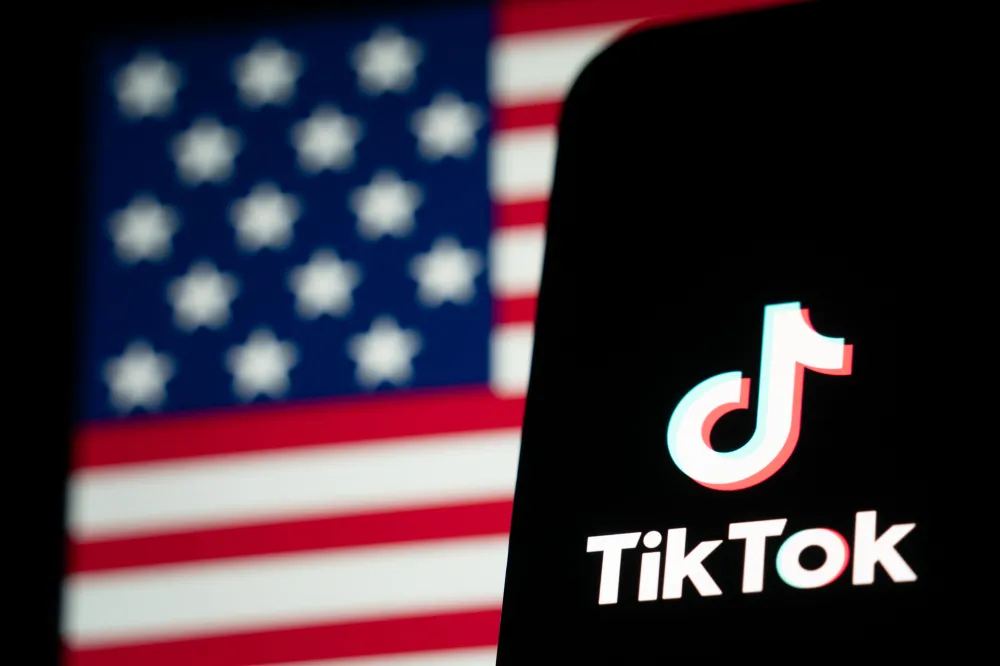So, You’ve Launched a Crypto Exchange… Now What? First of all, congrats. Starting a crypto exchange is no small feat. You’ve built the platform, maybe attracted some early users, and made a few trades happen. That’s a solid start.
But now you’re asking the big question: How do I scale this into something serious?
You’re not alone. A lot of founders and teams reach this stage — some stall, others take off. The difference? Smart strategy, solid tech, and knowing when to adapt. Let’s break it down in simple terms.
Make Sure Your Tech Can Actually Scale
Here’s the deal: If your backend can’t handle volume, growth will kill you faster than failure.
Your exchange should be built with high concurrency, low latency, and fault tolerance in mind. When you’re processing thousands of orders per second, one glitch could mean millions lost — and users never coming back.
Here’s what works:
- Microservices architecture — break your platform into small services that scale independently.
- Cloud-native infrastructure — platforms like AWS, Google Cloud, and Azure let you auto-scale when traffic spikes.
- Robust matching engine — this is your heartbeat. It needs to be fast, fair, and stable.
Most top-tier exchanges (think Binance or Coinbase) run with elastic cloud infrastructure and real-time monitoring. If you want to play in their league, you need that kind of muscle.
Liquidity Is Life
You can have the slickest UI, but if people can’t actually trade what they want, they’ll bounce.
Liquidity means having enough buy and sell orders on your platform to let trades happen instantly at fair prices. Without it, your order books feel like a ghost town.
How to boost it:
- Market making bots – they provide artificial liquidity to tighten spreads.
- Partner with liquidity providers – plug into existing pools from institutional players.
- Aggregate liquidity – connect to other exchanges via APIs to mirror activity and prices.
And don’t forget to list the right assets. Focus on high-volume, in-demand tokens. You don’t need 500 coins — you need the right 20.
Build Trust Because That’s Your Real Product
In crypto, trust is everything. If users don’t feel safe on your platform, they won’t stay.
That means:
- Top-tier security – implement cold storage for funds, 2FA, and real-time monitoring.
- Compliance-ready – KYC and AML laws vary by country. Stay ahead of the curve.
- Insurance – exchanges like Gemini offer user fund insurance. You should consider it, too.
Also, don’t be the exchange that goes offline when Bitcoin pumps. Users remember that.
User Experience Can’t Be an Afterthought
Here’s the truth: most people don’t care about your tech stack. They just want an easy, fast, and clean experience.
Make sure your UX hits these points:
- Smooth onboarding — KYC in under 3 minutes? Win.
- Intuitive dashboard — users should find their balance, trades, and history without clicking 10 times.
- Mobile-first design — most users trade on phones now.
Great UX keeps people trading. And traders that stick around are where the money’s at.
Go Global, Not Just Local
Once your exchange is stable and running well in your home country, it’s time to look outward.
Crypto is a global game. Traders from Asia, Europe, Latin America, and Africa are active every day — and many are hungry for better platforms.
But scaling internationally isn’t just about flipping a switch. You need a plan.
Here’s how to do it right:
- Research local regulations — some countries are crypto-friendly (like the UAE or Singapore), others aren’t.
- Partner with local firms — they help with licensing, banking, and understanding the market.
- Localize your platform — language support, regional payment options, and cultural context all matter.
Exchanges that crack markets like India or Brazil often see explosive growth. But go in prepared.
Marketing That Actually Works in Crypto
Forget traditional ads — crypto marketing plays by its own rules.
Here’s what moves the needle:
- Influencer and community marketing – crypto Twitter, Reddit, Telegram groups, YouTubers. These people drive narratives.
- Referral programs – reward users for bringing in their friends. Binance scaled heavily this way.
- Content that educates – blogs, videos, even memes that explain trading, coins, or security tips. People respect brands that teach.
And one of the most underrated strategies? A strong brand voice.
People don’t trust faceless companies in crypto. Build a tone that’s confident but clear, friendly but expert. That builds loyalty.
Partnerships Can Accelerate Everything
Why build everything yourself when you can grow faster by teaming up?
Here are smart ways to use partnerships:
- Payment processors – let users buy crypto with credit cards or local payment methods.
- NFT platforms or DeFi tools – add extra features that attract different types of users.
- Institutional investors – offer tailored services like OTC desks or API access for algo trading.
Think of partnerships as growth shortcuts. They open doors you can’t unlock alone.
Keep Your Eye on the Metrics That Matter
Don’t get caught up in vanity numbers.
Here’s what actually matters:
- Daily Active Traders (DAT) — how many real users are trading.
Liquidity and spread — is trading smooth and prices fair? - Churn rate — how many users stop trading after a week or month?
- Customer acquisition cost (CAC) vs lifetime value (LTV) — are you making more than you’re spending?
These numbers tell you whether you’re scaling smart or just burning money.
Stay Agile — This Space Changes Fast
What was effective in 2023 might not be effective in 2025.
New protocols, regulations, technological standards, and even user behaviors are constantly evolving in cryptocurrency. The top exchanges remain adaptable. That means:
- Updating product features fast
- Staying ahead of compliance changes
- Adapting to new trends (like SocialFi or RWA tokens)
Crypto doesn’t reward the biggest — it rewards the fastest.
Final Thoughts: Scaling Is a Long Game
Scaling your crypto exchange isn’t about quick wins. It’s about doing the right things consistently — strong tech, smart partnerships, real trust, and global ambition.
Most exchanges never get past their first 10,000 users. But if you do this right, you won’t just scale — you’ll become a leader.
















